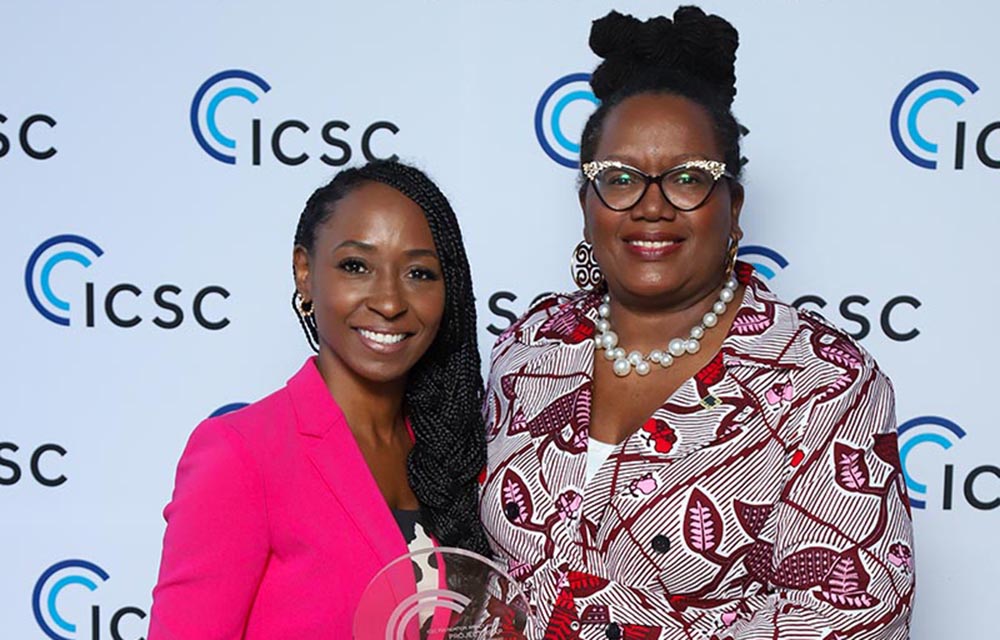Reconciling the Art vs. Science of Real Estate Investment Analysis - by Scott Williams

As any experienced investor can attest, sourcing real estate deals is a combination of art and science. In theory, every deal should be viewed through the same lens, analyzing the same data points and the same market conditions. The reality, however, is quite different, and one of the single most compelling yet under-reported reasons investors compete so intensely.
Let’s start with the science—the more controllable, repeatable systems for data capture, sharing, and storage. As we discussed in previous articles, real estate data typically finds its way into your analysts’ systems through external sources, including OMs, broker calls, news reports, data dumps, and other collateral.
Yet with these wide-ranging data sources, most real estate investment firms do not utilize a standardized data collection system, instead relying upon analysts to ‘figure it out.’ Under this system, no two analysts—even within the same firm—are likely to capture exactly the same information in exactly the same way and at exactly the same time.
While common, this approach is a model of inconsistency, and an enormous drain on time and resources. Analysts wind up spending the bulk of their calories on an endless stream of manual data collection.
Instead, new digital systems are available that facilitate automated data capture, storage, and sharing, allowing every member of the deal team to access all data at all times, in real time, simultaneously, and from anywhere in the world. This repeatable, reliable, single-source of truth eliminates most or all of the analysts’ calories wasted on manual input, allowing them to focus on deal analysis, with speed and at scale.
This technological advancement helps secure the science part of the equation, eliminating guesswork by removing data gaps. Every member of the deal team will always have real-time updates and access to the most critical, vetted information regarding target acquisitions, including ownership, age of the property, debt, valuations, and other relevant asset or market notes that help analysts delineate between viable opportunities and ones that don’t pencil out.
But what about the art?
No two analysts are exactly alike. Even if they are working off the same data, the analysts themselves, whose job it is to discern between the signal and the noise, are human beings with individual biases. How then do they apply the art to the science?
Most investors like themes. Let’s take, for example, an investor group with an appetite for Class A office product on along the East Coast. Are these viable investments?
There’s little doubt the Earth is getting warmer. The science is clear. With the increase in global temperatures, polar ice caps are melting faster than ever, resulting in rising sea levels. Analyst A, who we’ll call Sarah, reviews the financials of office property opportunities in New York, Boston, and Miami. Based on her personal concerns about coastal flooding, she advises the deal team pass on these office investments, instead recommending an investment shift toward inland warehousing and retail centers.
Is this the correct analysis and recommendation?
Because Analyst B, who we’ll call Ted, is confident that we as a people have the combined skills, engineering, intellect, and determination to appropriately structure flood walls and other physical barriers that will slow or prevent coastal flooding for years, decades, or longer. He thus contends East Coast office investment opportunities are viable. And even if the flooding occurs, his take is that it likely won’t happen for another 30 years, making these investments viable for at least another decade.
Is Sarah’s analysis more sophisticated than Ted’s? Has Ted come to the right conclusion? Maybe they both have. Maybe neither.
Continuing along these lines, executives are caught in the perplexing debate regarding the pandemic’s long-term impact on the office market. Sarah contends the work-from-home/hybrid phenomenon is a temporary solution to an unexpected problem, and will level out over the next few years, with most office properties returning to or near full capacity.
Ted has the opposite take. He contends the WFH/hybrid model has become a permanent component of the office market psychology and ecosystem, forever altering labor market needs and logistics. Again… which is the more strategic analysis?
There are countless other examples.
Most important, however, is that Sarah and Ted are both valued analysts on your team. If the science is locked in, knowing they are working off the same vetted, reliable data sources because the process is secured, the deal team can appropriately assess those recommendations, factoring in the biases accordingly.
But what if the science isn’t locked in? What if Sarah and Ted, with their distinct biases, apply their personal art while working off inconsistent, incomplete, and sometimes inaccurate data sets? Under these conditions, it becomes virtually impossible for the deal team to employ an apples-to-apples comparison between the analyses.
How can the deal team consistently make strategic investment decisions superior to your competitors if they’re relying on overwhelmed analysts who have no other option than to apply their individualistic art to potentially unreliable science?
No two analysts will ever be exactly alike. There is a critical advantage in having a collection of analysts who each apply their art, giving the deal team different options to consider. But if the underlying science doesn’t hold up under scrutiny—if the process is flawed—the art, through no fault of the analysts, becomes far less elegant than what you’re paying for.
So before you bring in the artists, the smart play is to lock down the science.
Scott Williams is the vice president of finance, Dealpath, San Francisco, CA.
AmTrustRE completes $211m acquisition of 260 Madison Ave.


Behind the post: Why reels, stories, and shorts work for CRE (and how to use them) - by Kimberly Zar Bloorian

Lasting effects of eminent domain on commercial development - by Sebastian Jablonski

AI comes to public relations, but be cautious, experts say - by Harry Zlokower









.jpg)
.gif)
.gif)